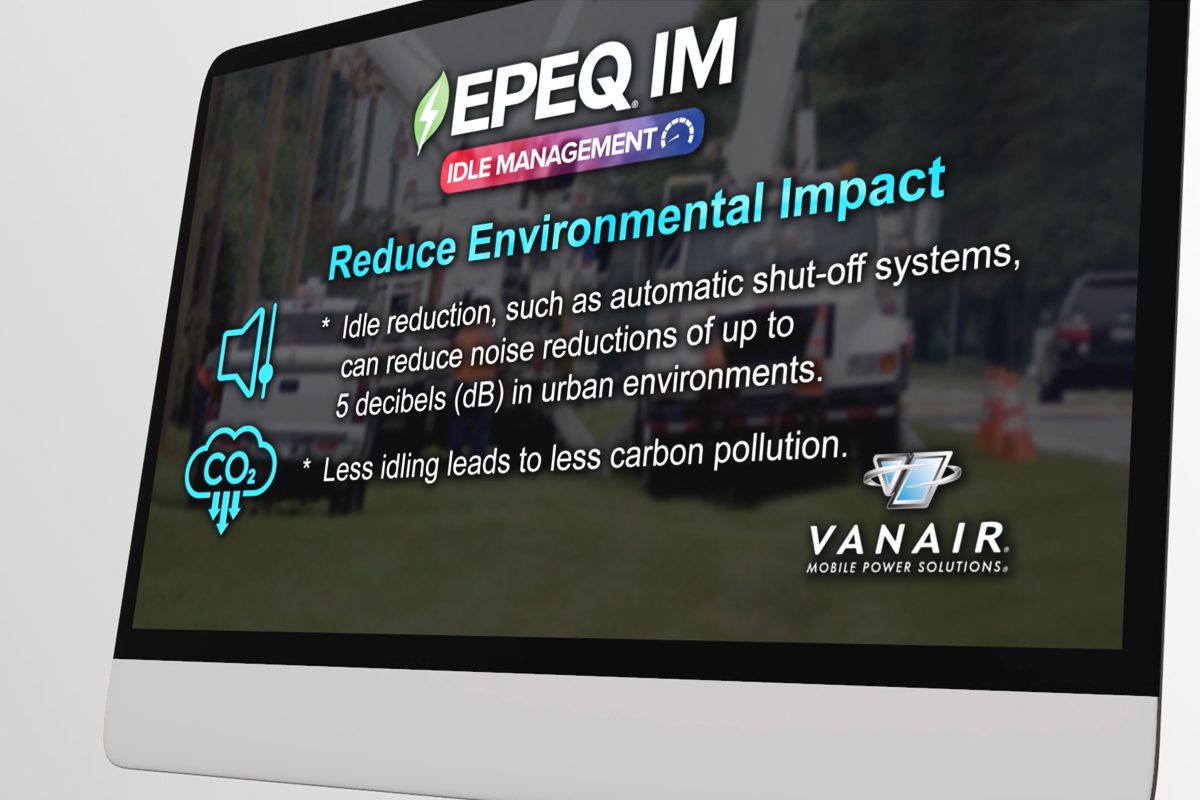Recent months have seen significant market changes surrounding President Trump’s return to the White House. Most relevant to the clean transportation industry has been the marked shift in climate agenda. Whereas the Biden Administration’s climate agenda focused on global efforts to protect the health, safety, and economic vitality of communities and environment, the incoming Trump Administration takes a different stance, focusing on domestic fossil fuels production and American manufacturing, among other things. Amidst all this, there are both changes and constants in the landscape of clean transportation incentives.
Wait, Wait – is my Existing Award at Risk?
The key term here is “rescind” — also known as a “claw back.” This is the process by which funding agencies can cancel or terminate existing funding programs and award agreements. The new administration’s ability to rescind incentive funding will largely depend on the stage of the funding project. Projects with already awarded funding and contract agreements in place are likely to avoid rescission, as the legal process and costs involved would be too burdensome for the incoming administration.
While existing awards and executed agreements may avoid the risk of rescission, the situation is different for existing funding programs that have not yet issued current awards and future solicitations. For example, the Inflation Reduction Act and Bipartisan Infrastructure Law, which include investments in climate and clean energy, may not see future committed funds reach the market, though time will ultimately determine their fate.
Perhaps the most impacted arena for clean transportation incentives will be at the federal level. While the new administration has not specifically put grants and funding (and, more specifically, clean transportation incentives) on the chopping block, President Trump’s proposed sweeping budget cuts will could impact the availability and volume of federal incentives. Though the recent incoming tide of federal funding may recede, expectations are quite different at the state level. Borne out in the previous Trump Administration, the availability of incentives at the state level is expected to be robust, with state administrations taking actions otherwise deferred or ignored by the federal government.
“Though policy priorities shift and corresponding grant funding evolves, one thing remains constant: those who pursue grant funding have to be prepared for the rigorous post-award reporting and implementation environment.”
Project Developers (and Their Grant Writers) Will Need to Tell Different Stories
Incentive funding programs often require applicants to tell a compelling story to demonstrate the value of their project. While some programs, like California and New York’s truck voucher programs, issue awards based on administrative documentation, most funding requires multi-page narrative descriptions. This need for storytelling will persist, but the focus of these stories will shift.
For the past four years, much of the available federal funding has been secured via applications demonstrating quantifiable emissions reductions, benefits for public health, and alignment with climate change initiatives. Looking ahead though, federal grant funding may be issued on the grounds of economic development and the use of domestically-sourced energy — initiatives more in alignment with the Trump Administration’s overarching goals. At the state level, we expect little may change in terms of the stories being told — applicants will need to continue to make their case based on localized impacts and community benefits.
The Reliable Constant – Post-Award Reporting
Despite the changes, one constant remains — the administrative burden of post-award reporting. Some may think of grant funding as a charitable donation without strings attached, but that is hardly the case. Incentive funding for clean transportation projects typically involves executed agreements with government agencies, requiring awardees to undertake recurring reporting and compliance requirements to access the funding.
JoAnne Golden, senior vice president of strategic initiatives at TRC Companies, emphasizes this.
“Though policy priorities shift and corresponding grant funding evolves, one thing remains constant: those who pursue grant funding have to be prepared for the rigorous post-award reporting and implementation environment — the contractual obligations, reporting and compliance requirements, and recurring deadlines can create unexpected administrative burdens and risks if not planned for accordingly,” she said.
Understanding the Past Holds the Keys to the Future
The next steps for many within the industry should be consistent with prior practices — moving forward with decarbonization efforts with the right partners by your side and the right goals in mind. The market would be vigilant to see the forest through the trees now and in the future, recognizing that we’ve been here before. The experience of the previous Trump Administration offers valuable lessons, and while some things could change, constants like the need for an integrated incentives strategy and preparation for post-award reporting requirements remain crucial.
To navigate these opportunity-rich waters and prepare for post-award reporting requirements, TRC’s Clean Transportation Solutions team has clearly plotted the location and timing of all of these incentive programs. TRC maintains relationships with every transportation, environmental, and energy agency at the local, state, and Federal level across the U.S. and Canada, which provides the intelligence needed to help fleet managers, technology providers, and fuel suppliers identify and secure the best incentives for their projects. If your organization is looking to make progress on its sustainability efforts, there has never been a better time to leverage the lucrative landscape of funding programs that can help to achieve your economic and environmental goals.
Gain insight into the regulations, rules, and policies transforming the clean commercial transportation at ACT Expo in Anaheim, California, from April 28 – May 1, 2025. Sessions will highlight the current state of clean transportation incentives and recent technology advancements, featuring the industry’s largest show floor of vehicles, equipment, and demonstrations. Industry and policy experts will also discuss some of the most ground-breaking regulations ever adopted at the local, state, and federal levels, with a specific focus on the commercial transportation sector.



